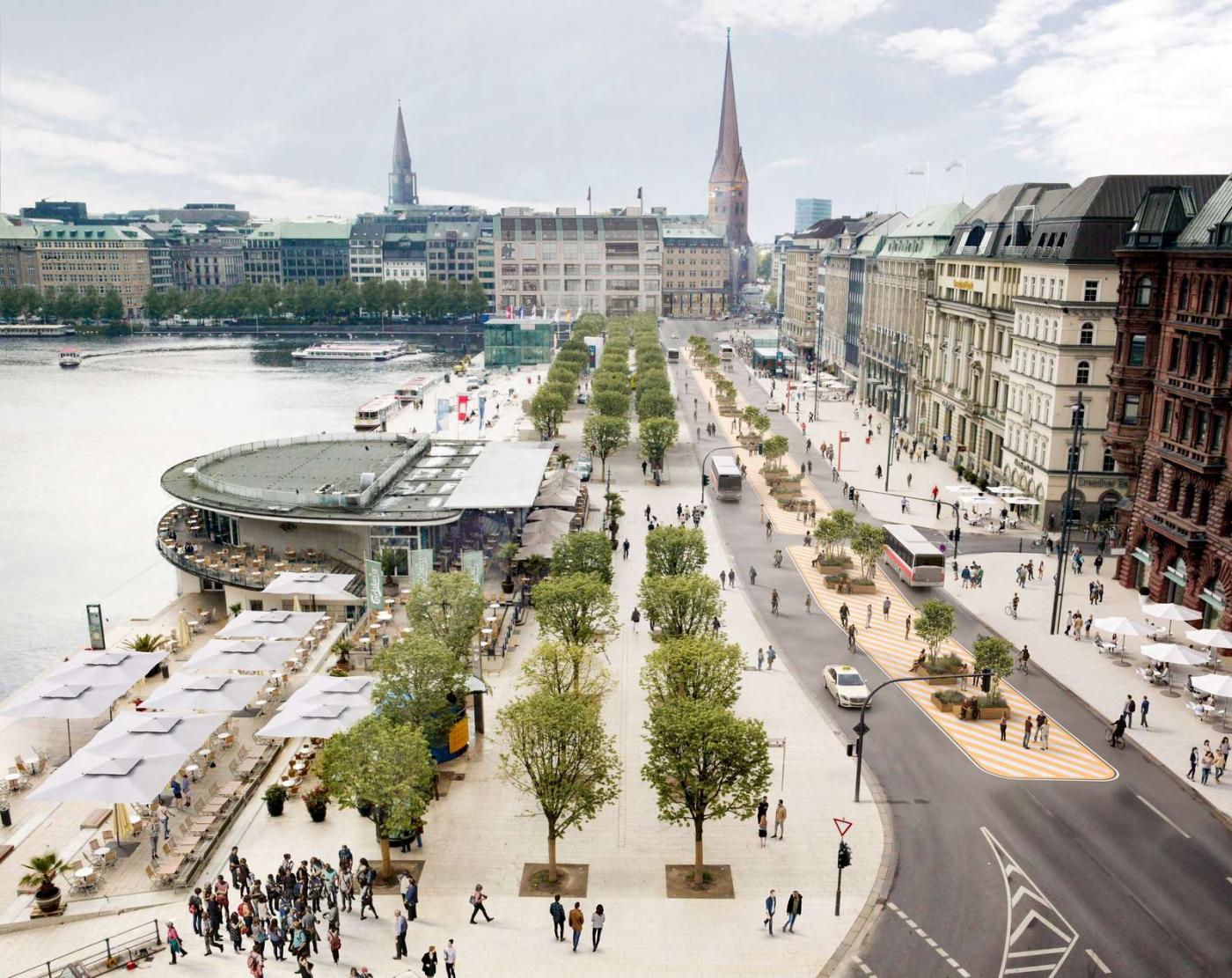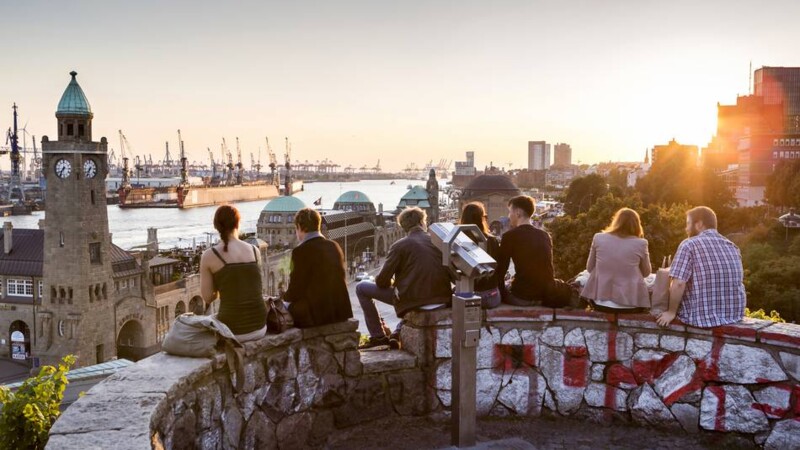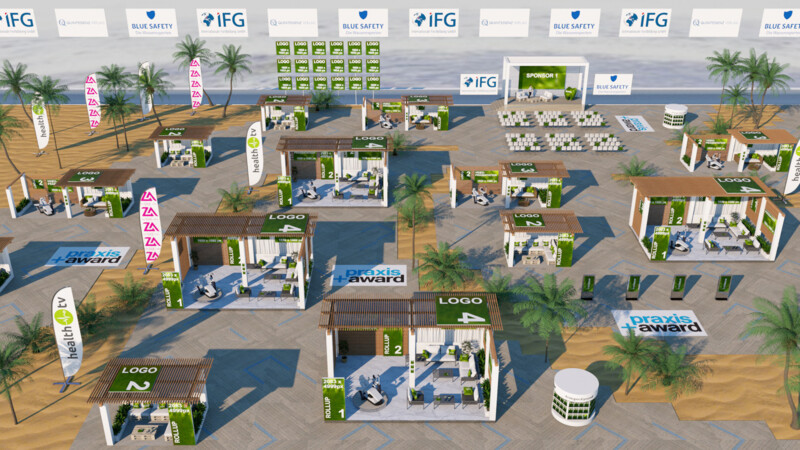Retail is gradually returning to business as usual. However, that does not go hand in hand with increased consumer shopping. City centres have long since been hit by a growing of competitors online. Consumers can now shop conveniently from the comfort of their own homes at the click on a mouse. Booming online business has serious consequences for stationary retail and can cause certain shops to close down and make staff redundant. Such property closures mean lots of empty buildings, which poses a problem for the property industry and leads to desolate surrounding areas and even more closures. To counteract this vicious circle, Peter Altmaier, Germany's Minister of Economics, and industrial representatives, plan to develop concepts in autumn for revitalising city centres. A series of workshops on topics such as "Creative New Uses for Empty Shops", "City Centres and the Digitalisation of Trade" or "Bringing Small Shops and Manufacturers back into City Centres" will be held.
Corona has led to fundamental changes and lively discussions about a return to former structures or whether the focus should be on entirely new structures. In an interview with Hamburg News, Gesa Ziemer, a professor of Cultural Theory at HafenCity University (HCU) and Director of the City Science Lab, a collaboration with the MIT Media Lab in Cambridge, USAthat is researching the transformation of cities in terms of digitalisation, believes the experience of lockdown will trigger a rethink towards more vibrant city centres, real work-life balance, sustainable transport and an impoved climate.
Future of stationary trade
Greater potential of inner-cities

The issue is highly topical in Hamburg especially in view of the upcoming closures of Karstadt Sport and Galeria Kaufhof, both of which are in prime, inner-city locations in the Mönckebergstrasse. The well-known downtown district is losing two highly attractive, anchor tenants. The problem lies in focusing only on shopping, according to Gesa Ziemer. "We have designed city centres as single functional hitherto. City centres can be far more than mere consumer spaces." Ziemer, whose research focuses on the digitalisation of cities, urban public spaces and collective forms of work, would like to see a greater mix of work, living, school, sport, culture and green spaces downtown. "We need more light, people and life and in the evenings also. Large inner-city buildings should accommodate mixed uses, and unconventional forms of living i.e. intergenerational, inclusive or intercultural. The corona pandemic revealed just how "ghostly deserted streets and squares can become", she noted.
Revitalising city centres
Making ground floors more vibrant is one such approach. "Universities or cultural institutions, such as galleries, could use the shop windows and stir up interest in interactivity. The price structure for renting is a key factor here," Ziemer said. Prices would have to be more dynamic to make previously expensive, prime locations accessible to new target groups. "Combined uses of rooms are also conceivable. Co-working spaces make sense as well as sports facilities in the mornings, a catering service from midday or courses for children. Yoga could be offered during the day and dancing in the evening. Both are conceivable in a cool club atmosphere. They could be modelled on cities like Singapore or Zurich with beautiful swimming pools on rooftops in the inner city."
Places for start-ups in prime inner-city places as well as unusual exhibition spaces can be added to the mix, she pointed out. "Hamburg has always come up with interesting ideas for centralized scientific locations e.g the Science Center in HafenCity or the House of the Digital World/Haus der Digitalen Welt planned with the central library (Stadtbiliothek) and the Adult Education Centre (VHS). "Open facilities that attract residents and visitors alike would certainly help revitalize the city centre," Ziemer noted. "Refurbishing department shops can be highly demanding as the buildings usually have little light. But smaller towns and cities in Germany are already leading the way with convincing refurbishments of department stores."
Greater road equity for all
The attractiveness of a city centre could be raised by reducing the volume of traffic. Ziemer has welcomed first approaches such as making Hamburg's Jungfernstieg almost entirely free of cars from October. "I think that's fantastic. Views of Lake Alster will become more intense without motorcades. The atmosphere will be calmer and more relaxed. And the results of pilot projects like ‘Altstadt für alle’ (Old City for Everyone) or ‘Ottensen macht Platz' (Ottensen makes Space) have been good."
Urbanisation is progressing worldwide nowadays. More than half of all people live in cities presently and this figure is expected to rise to two thirds by 2050, according to the German Foundation for World Population (DSW).
ys/kk/pb

Sources and further information
More
Similar articles

Plans to make Jungfernstieg free of cars presented

Megatrends help understand the future

